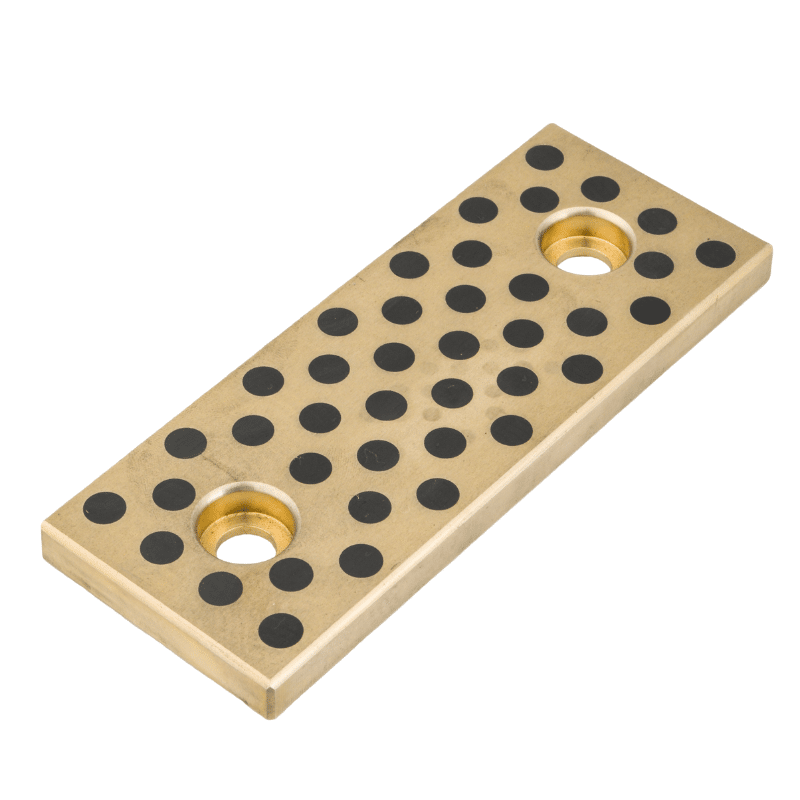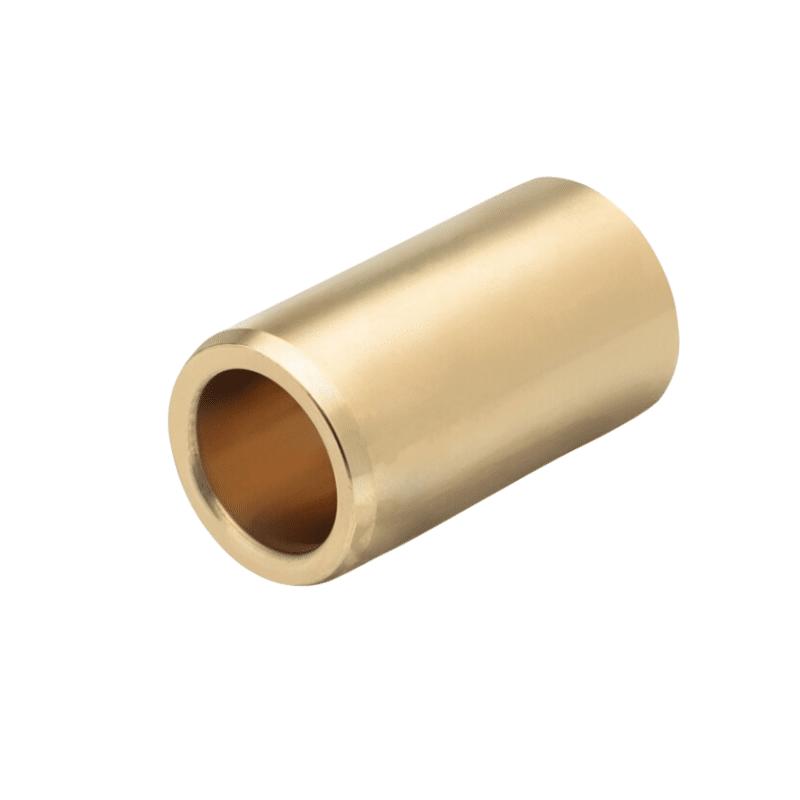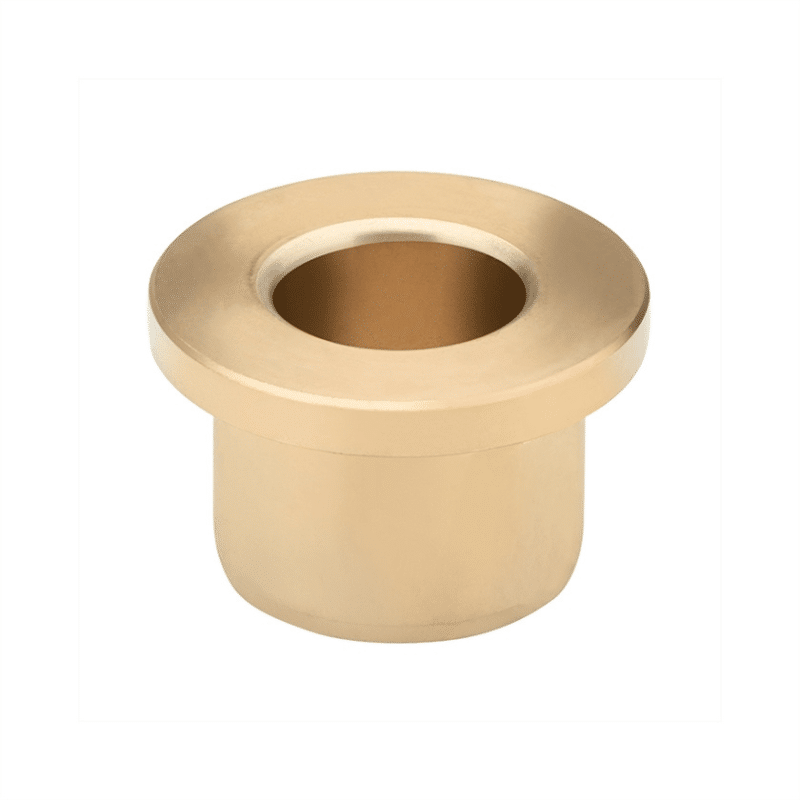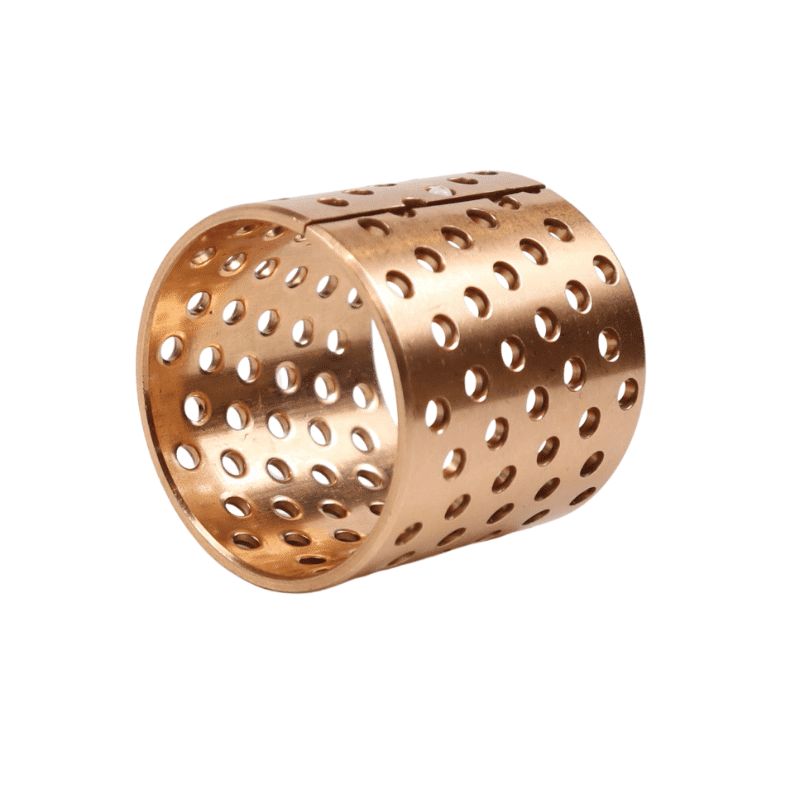20mm Bronze Wear Plates
20mm Bronze Wear Plates
Say goodbye to the hassle of frequent lubrication maintenance. Our self-lubricating technology ensures smooth operation and reduces wear and tear, extending the lifespan of your equipment. Experience uninterrupted productivity and cost savings as you bid farewell to the need for messy lubricants and time-consuming upkeep.
Manufacturing on Demand, alternative solutions
20mm Bronze Wear Plates
SESW SESWT oilless slide plate, bronze wear plate
We specialize in the creation and production of premium aftermarket replacement parts, including bushings, thrust washers, bronze wear plates, bronze worm gears, worm shafts, and bronze wear strips. Additionally, we fabricate bronze bushings and bearings suitable for any type of machinery, such as cranes, concrete pumps, and more, based on technical drawings provided by our clients. Our services extend to the manufacture of spare parts and bushings tailored to specific requirements.
20mm Bronze Wear Plates, Offers Online Part Configuration, Quoting, & Ordering. We are Your One Stop Shop. We Deliver Quality Configurable Components.
Bronze wear plates featuring graphite inserts, like the SESWT model, are engineered to supply a robust, self-lubricating interface for diverse industrial uses. These plates are crafted from bronze alloys, celebrated for their formidable strength, corrosion resistance, and superior wear properties. The integration of graphite inserts plays a crucial role as a lubricating agent, dramatically diminishing the friction between the plate and the machinery or device it safeguards. This friction reduction not only prolongs the lifespan of both the wear plate and the equipment but also ensures smoother operation and, potentially, a decrease in energy consumption owing to lesser resistance.
Particularly, the SESWT bronze wear plates are noted for their 20mm thickness and come with two mounting holes, as specified by their “2-Hole Type” label. Their composition often features a bronze alloy, like SO#50 SP2, interspersed with graphite plugs. These plugs are thoughtfully positioned to offer uniform lubrication across the wear surface, thereby boosting the plate’s self-lubricating capabilities. Such attributes render the SESWT wear plates exceptionally apt for scenarios demanding high wear resistance, minimal upkeep, and steadfast performance, even in severe conditions or under intense stress.
These plates find application across a spectrum of industries, including mining, agriculture, construction, and manufacturing, to name a few. They are especially prized in environments where regular maintenance poses a challenge or where conventional lubrication approaches fall short. The self-lubricating nature of these plates marks them as an excellent option for improving the longevity and efficiency of sliding parts, guides, and various machinery components prone to friction and wear.
To encapsulate, the SESWT bronze wear plates with graphite inserts present a durable safeguarding solution for machinery and equipment against wear and abrasion. Thanks to the graphite’s self-lubricating effect, they offer a maintenance-friendly, high-efficiency wear surface that caters to an extensive array of industrial applications.
Bronzelube.com specializes in providing bronze wear plates, featuring the 20mm thick standard variant equipped with a self-lubricating capability. Crafted from a durable, wear-resistant bronze alloy, these plates are engineered to handle substantial loads and offer sustained performance. The integration of graphite plugs within the bronze matrix facilitates the self-lubrication, effectively minimizing friction and subsequent wear.
The product line extends to various configurations, such as L-shaped rails, blocks, and components commonly used in press and die setups. Optimized for high-load, low-speed applications, these wear plates excel under demanding conditions. Moreover, customization options are available, enabling the creation of bespoke solutions tailored to specific operational requirements.
Widely applicable across numerous industrial sectors, including mining, agriculture, construction, and manufacturing, these bronze wear plates prove invaluable in scenarios where consistent maintenance is impractical or where traditional lubrication strategies fall short.
Beyond the standard offering, Bronzelube.com also presents additional variants like the JSP wear plate, recognized for its graphite inlaid self-lubricating property ideal for extended use in environments with minimal or no oil. Another option, the self-lubricating slide plate, is specifically designed for enduring operation in oil-free conditions, particularly suited for low-speed, high-load situations.
In essence, Bronzelube.com delivers an extensive selection of bronze wear plates, including the prominently featured 20mm thick standard type with self-lubricating benefits. These plates are developed to furnish a robust, wear-resistant interface for a multitude of industrial machines, significantly enhancing equipment efficiency and longevity.
Your expert in self-lubricating Bearing
and Bronze alloys – serving globally
Brand replacement products and functionally equivalent parts, alternative solutions
Manufactures flange bronze bearings, service & maintenance companies to meet the exacting specifications required in a wide range of industrial applications.
Machined bronze bushing that meet the exacting requirements & specifications supplied by our clients. Spherical bearings, spindles, semi-spheres and supports that we have manufactured.
You will find to follow a selection of self lubricating bronze bearing material CuSn7Zn4Pb7, CuSn12, CuAl10Fe5Ni5,
CuZn25Al5Mn4Fe3
Alternative solution,We offer an outsourced machining service for bronze bushes, manufacturing precise parts to the designs supplied to us by our clients.
Selection of other composite bushing material of self lubricating bearing that we have manufactured.
Wrapped Bronze Sleeve Bearing, Are you interested in our products?
Manufacturer of bimetal and steel bronze bushing parts according to client’s drawing.









